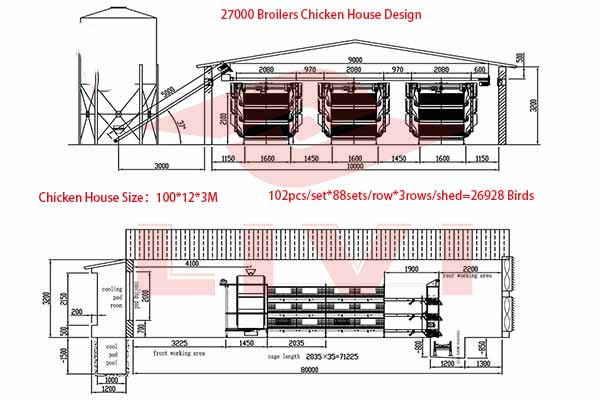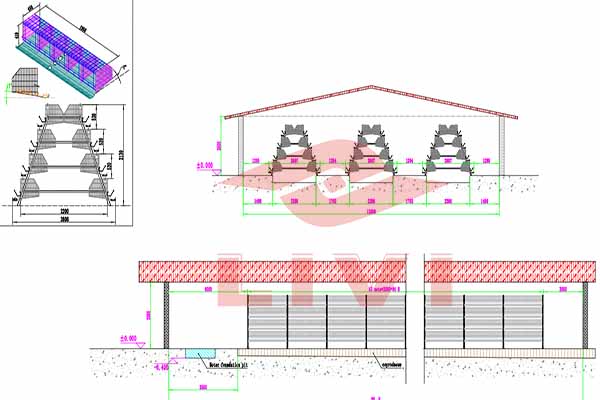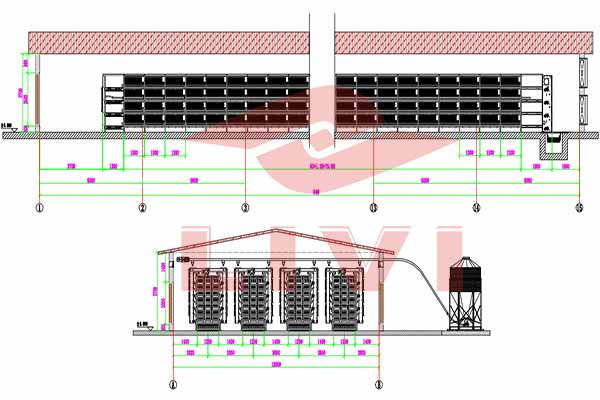Poultry Feeding System for 300,000 Chickens in Togo: A Comprehensive Solution
Introduction
In the thriving poultry industry of Togo, managing a farm with 300,000 chickens requires a robust and efficient feeding system. This article explores the intricacies of setting up a state-of-the-art poultry feeding system tailored for such a large-scale operation.
Understanding the Scale
With 300,000 chickens, the feeding system must be designed to handle high volumes of feed efficiently. Each chicken consumes approximately 100 grams of feed per day, equating to 30 tons of feed per day.
Key Components of the Feeding System
1. Feeding Line: A conveyer belt system to distribute feed to each chicken house.
–
| Feeding Line Speed | 1.5 meters per minute |
|---|---|
| Capacity | 100 tons per hour |
2. Automatic Feeders: Feeding machines that deliver feed to the chickens automatically.
–
- Capacity: 1,000 kg per feeding cycle
- Adjustable feed rate
3. Feed Storage Silos: Designed to store large quantities of feed.
–
| Silo Capacity | 5,000 tons |
|---|
4. Control System: An integrated system for monitoring and managing the feeding process.
–
- Real-time feed consumption tracking
- Automated feeding schedule adjustments
Benefits of the System
– Increased Efficiency: Reduces labor costs and feed wastage.
– Improved Health: Ensures consistent feed intake for better chicken health.
– Environmental Impact: Minimizes carbon footprint by reducing transportation of feed.
Case Study
A successful implementation of this feeding system in Togo has resulted in:
–
- 25% reduction in feed costs
- 30% increase in chicken growth rate
- 50% decrease in feed wastage
Conclusion
Investing in a well-designed poultry feeding system for 300,000 chickens in Togo can significantly boost the productivity and profitability of your farm. If you are interested in learning more or obtaining a free poultry design and equipment quotation from LIVI Mechanical, please feel free to leave a comment below or contact us directly.





